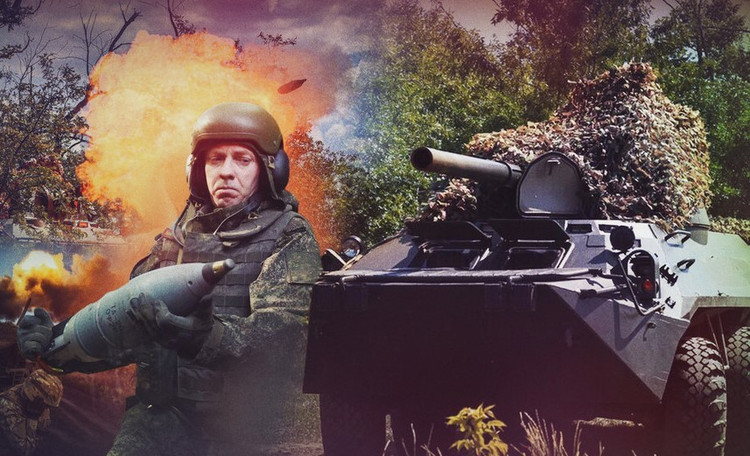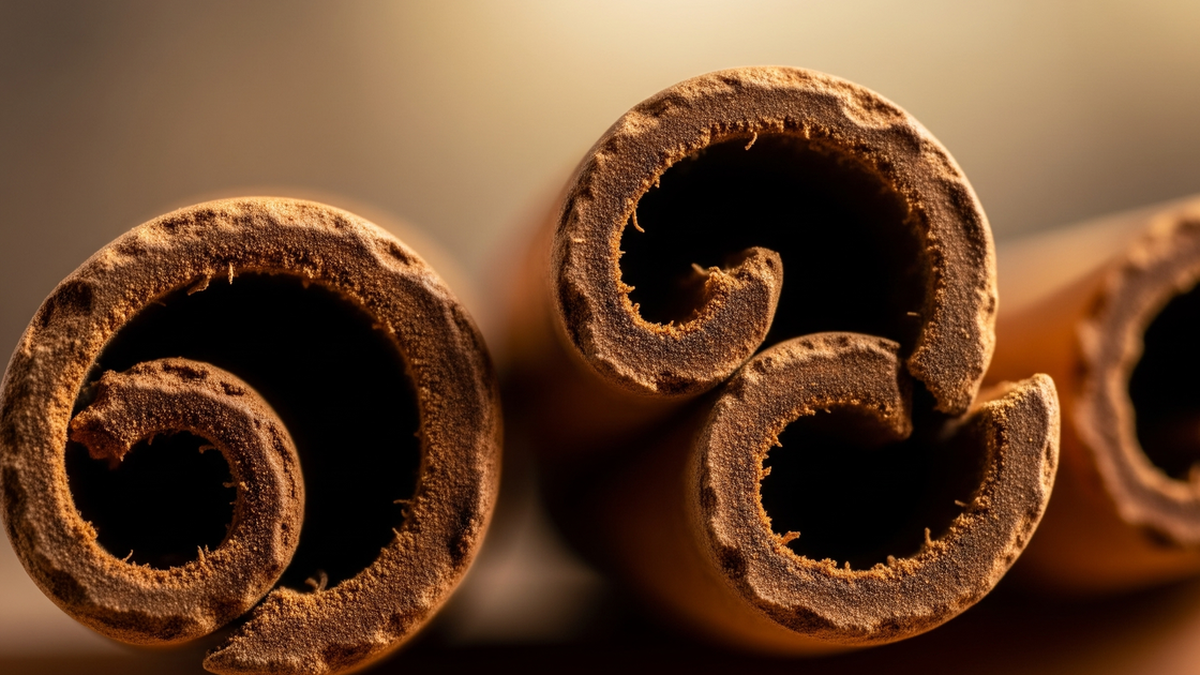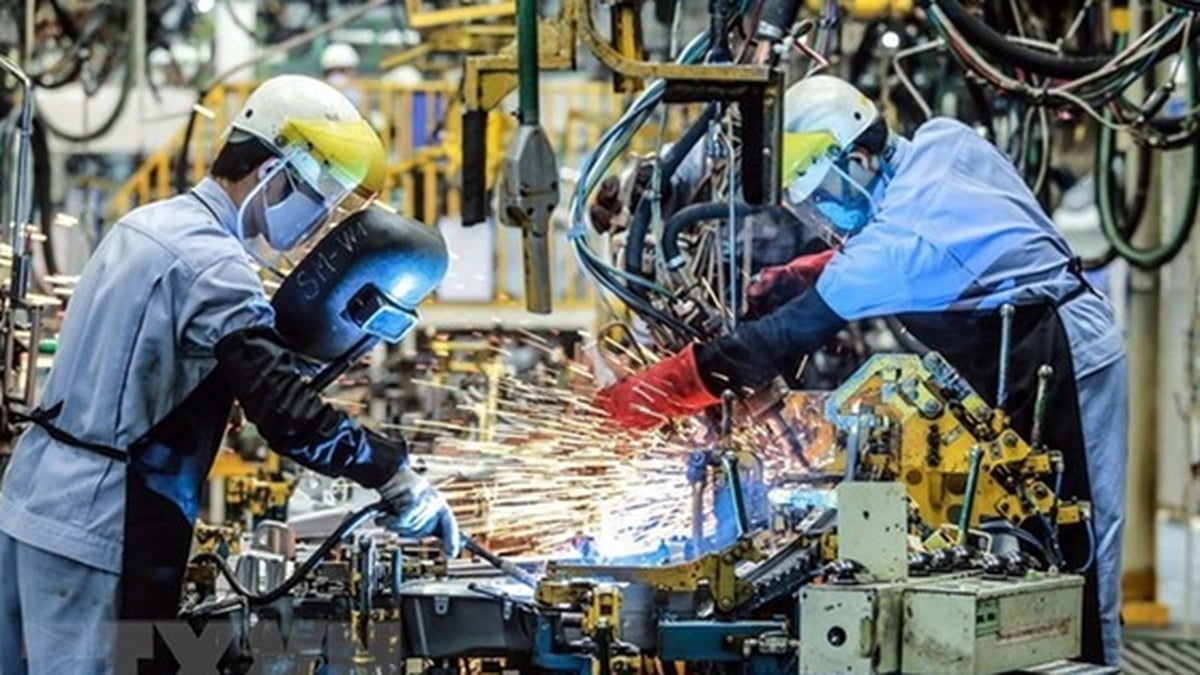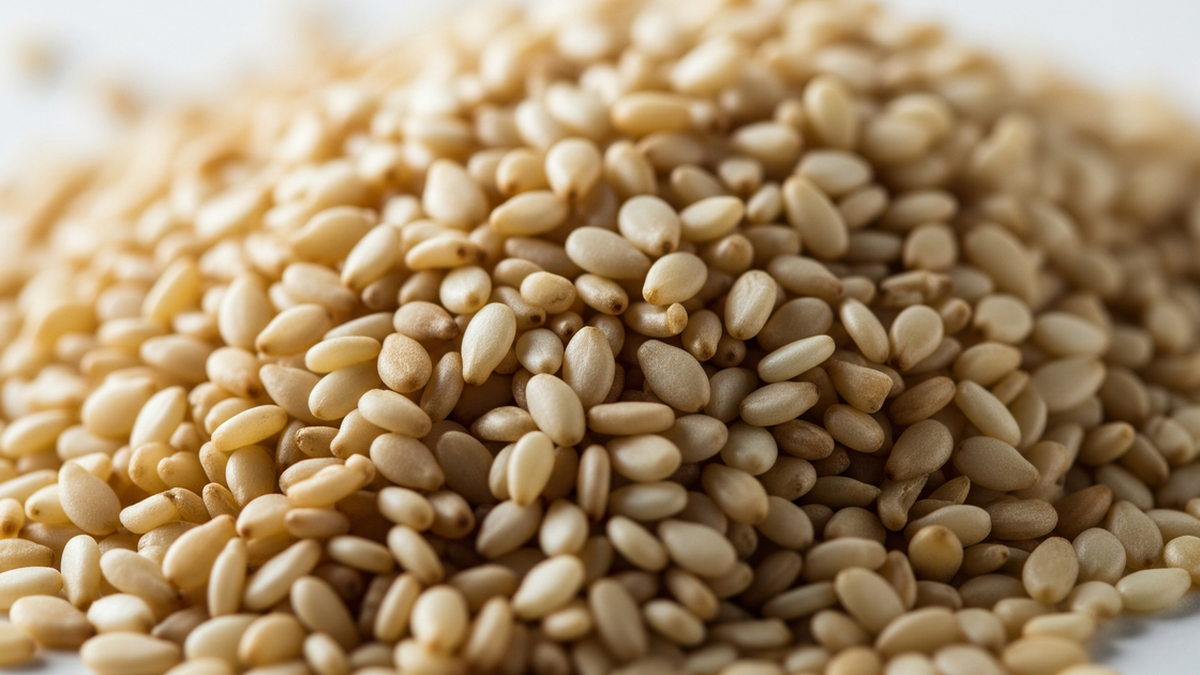Russia’s summer campaign has kept a steady pace over the past month, demonstrating the cautious but effective nature of its tactics. Moscow has added about 500 square kilometers of territory, three times more than it did last year. While seemingly small on the map, these advances represent sustained Russian pressure on multiple fronts and a major shift in the dynamics of the battlefield.
Fighting is taking place in four main areas, from Sumy in the north to Zaporizhzhia in the south, each with its own tactical developments, but overall showing Russia's evolving strategy.

Sumy Axis: Ukraine's counterattack attempt fails
Along the Sumy axis, Russian forces continued to advance, with the clear goal of establishing a buffer zone along the Ukrainian border with Russia's Kursk Region. The potential threat to the Sumy capital forced the Ukrainian command to mobilize units from other regions and withdraw reserves.

However, a series of Ukrainian counterattacks in late June near Alekseevka and Kondratovka, aimed at tightening the Russian bridgehead, appeared to have been halted by early July. The Russian army succeeded in dislodging the Ukrainian army from one of its two remaining strongholds at Tetkino.
Kupiansk Axis: Pressure and Step-by-Step Siege
On the Kupiansk axis, Russia has consolidated its position on the west bank of the Oskol River. Recent reports indicate that Russian units have captured Moskovka – a key stronghold along the strategic Kupiansk-Volchansk railway.

However, a full encirclement of Kupiansk would require cutting off two major supply routes. However, there is no confirmation of a full Russian presence in Moskovka, suggesting the village remains contested. Overall, the Kupiansk axis is seen as a secondary theater, with operations aimed primarily at holding back Ukrainian forces.
Konstantinovka: The siege is tightening
After a successful attack in May, Russian advances in the Konstantinovka area have slowed. Russian forces are now closing in on the city's main defense lines, advancing along the Stepanovka, Aleksandro-Kalinovo, and Plescheyevka axes.

In Konstantinovka, Russia continued to use the urban warfare style that had been successful in previous battles: encircling the city, controlling the firepower of important traffic routes, then using artillery to weaken the defenses and apply pressure from three directions.
The Ukrainian army is facing a difficult choice: withdraw in an orderly manner or risk a collapse of its defenses.
Pokrovsk Axis: The Gate to Dnepropetrovsk
The situation around Pokrovsk partly mirrored the tactics at Konstantinovka and may mark some of the most important developments of the summer campaign. On the eastern outskirts of Pokrovsk, Russian troops had advanced 8km towards Rodinskoe, seizing control of two of the enemy's three main supply routes.

Further south, Russia has made its most significant gains this month, advancing 15km on a 30km front to the administrative border of the Donetsk region. The village of Komar, a key Ukrainian defensive position, is believed to have fallen under Russian control.
On July 7, the Russian Defense Ministry announced the capture of Dachnoye, the first settlement in Ukraine's Dnepropetrovsk region to come under Russian control, marking both a tactical and symbolic milestone.
Zaporizhzhia Axis: Sudden Change in the South
After nearly a year and a half of relative calm, the southern front near the Dnieper River along the Zaporizhzhia (Zaporozhye) axis has exploded into action again. Russian troops are now advancing in three directions in the region and have captured Kamenskoye – a strategically important settlement on the riverbank.

Russian Defense Minister Andrey Belousov’s visit to the forward headquarters of the Dnieper Group of Forces on July 11 signaled high-level interest in the region. The coming weeks will reveal whether this increased activity is intended to stretch Ukrainian reserves or mark the opening stages of a broader Russian offensive in southern Ukraine.
Source: https://khoahocdoisong.vn/chien-dich-mua-he-cua-nga-tung-buoc-nho-sach-cac-phao-dai-ukraine-post1555190.html




















































![[Maritime News] More than 80% of global container shipping capacity is in the hands of MSC and major shipping alliances](https://vphoto.vietnam.vn/thumb/402x226/vietnam/resource/IMAGE/2025/7/16/6b4d586c984b4cbf8c5680352b9eaeb0)













































Comment (0)